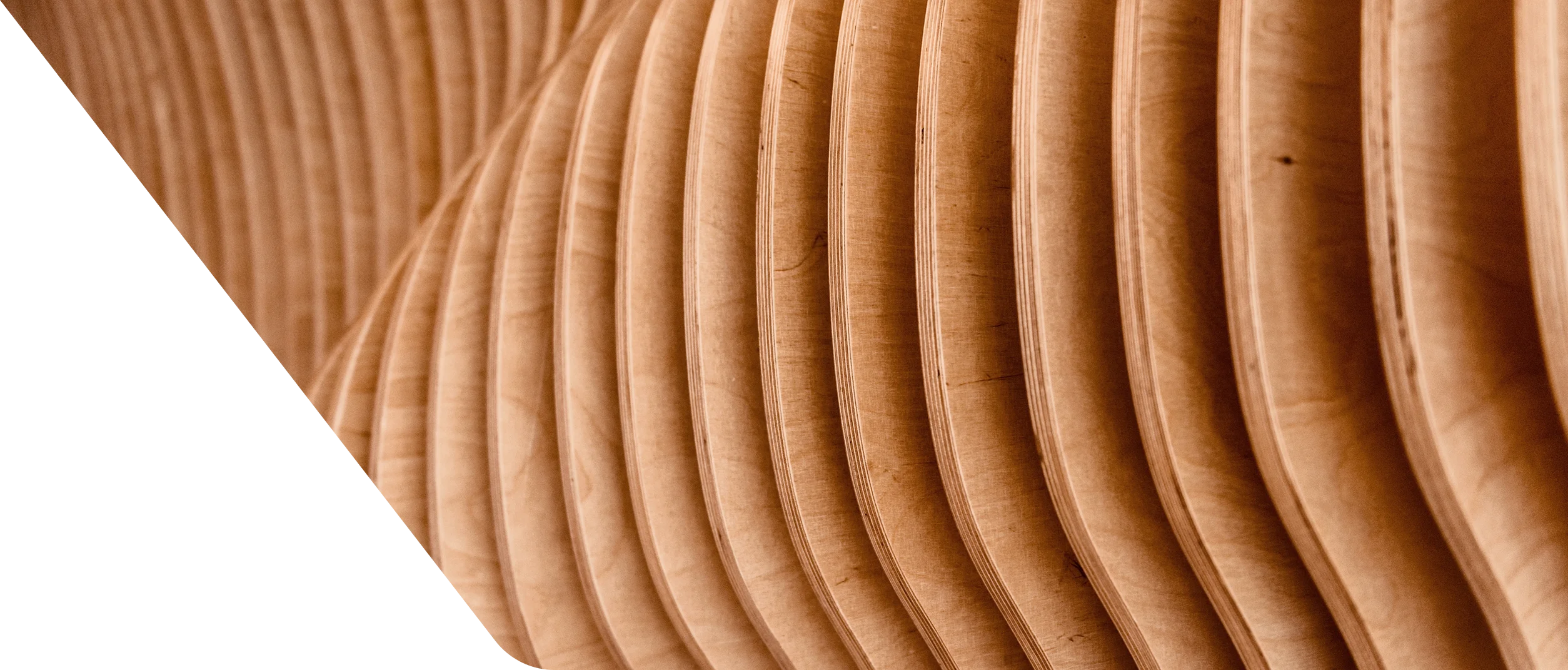
Our Blog
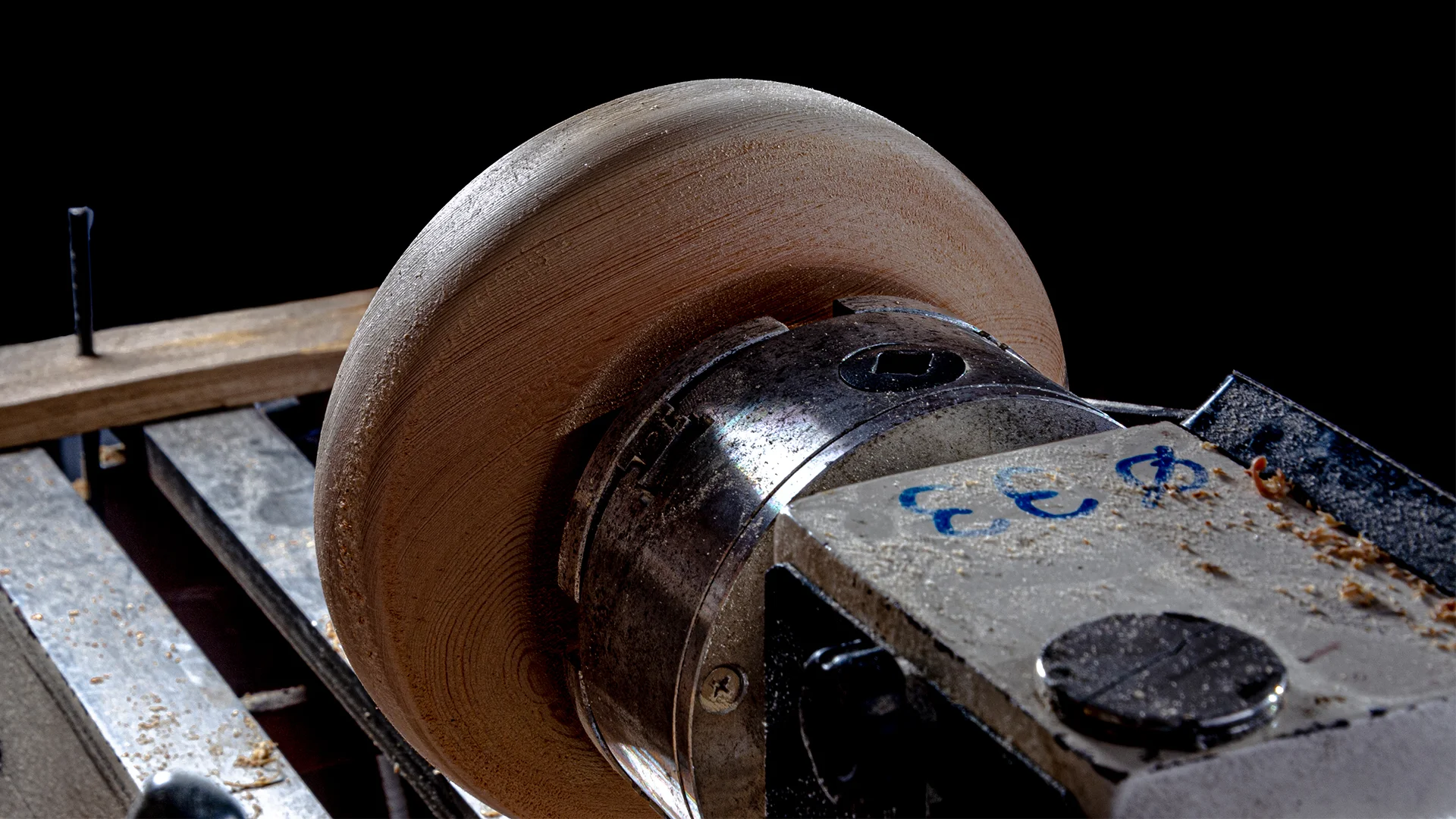
Wood Lathe Chuck 101: Everything You Need to Know to Get Started
Woodturning is a mix of skill, precision, and a little bit of sawdust in your hair. Whether you’re shaping bowls, spindles, or other wooden masterpieces, one tool makes the process smoother and safer—a wood lathe chuck. If you’ve ever wondered what is a wood lathe chuck, how it works, or if you even need one for woodturning, this guide is for you.
By the end of this post, you’ll know which wood lathe chuck is best for bowl turning, the different types of wood lathe chucks explained, and how to properly install a chuck on your lathe. Let’s dive in.
What is a Wood Lathe Chuck?
A wood lathe chuck is a mechanical device that holds your wood securely while you shape, carve, and smooth it on a lathe. Think of it as a really strong hand gripping your workpiece so you can focus on the details instead of worrying about the wood flying across the shop.
How Does a Wood Lathe Chuck Work?
A chuck attaches to the spindle of your lathe and grips the wood using jaws or clamps. This keeps the workpiece stable and allows for even rotation, making it easier to carve symmetrical shapes.
What Are the Main Parts of a Wood Lathe Chuck?
- Body – The main housing that holds everything together
- Jaws – The gripping parts that expand or contract to hold the wood
- Scroll Mechanism – A system that moves the jaws in or out
- Mounting Thread – Connects the chuck to your lathe spindle
Now that you know the basics, let’s talk about the different wood lathe chuck types and when to use them.
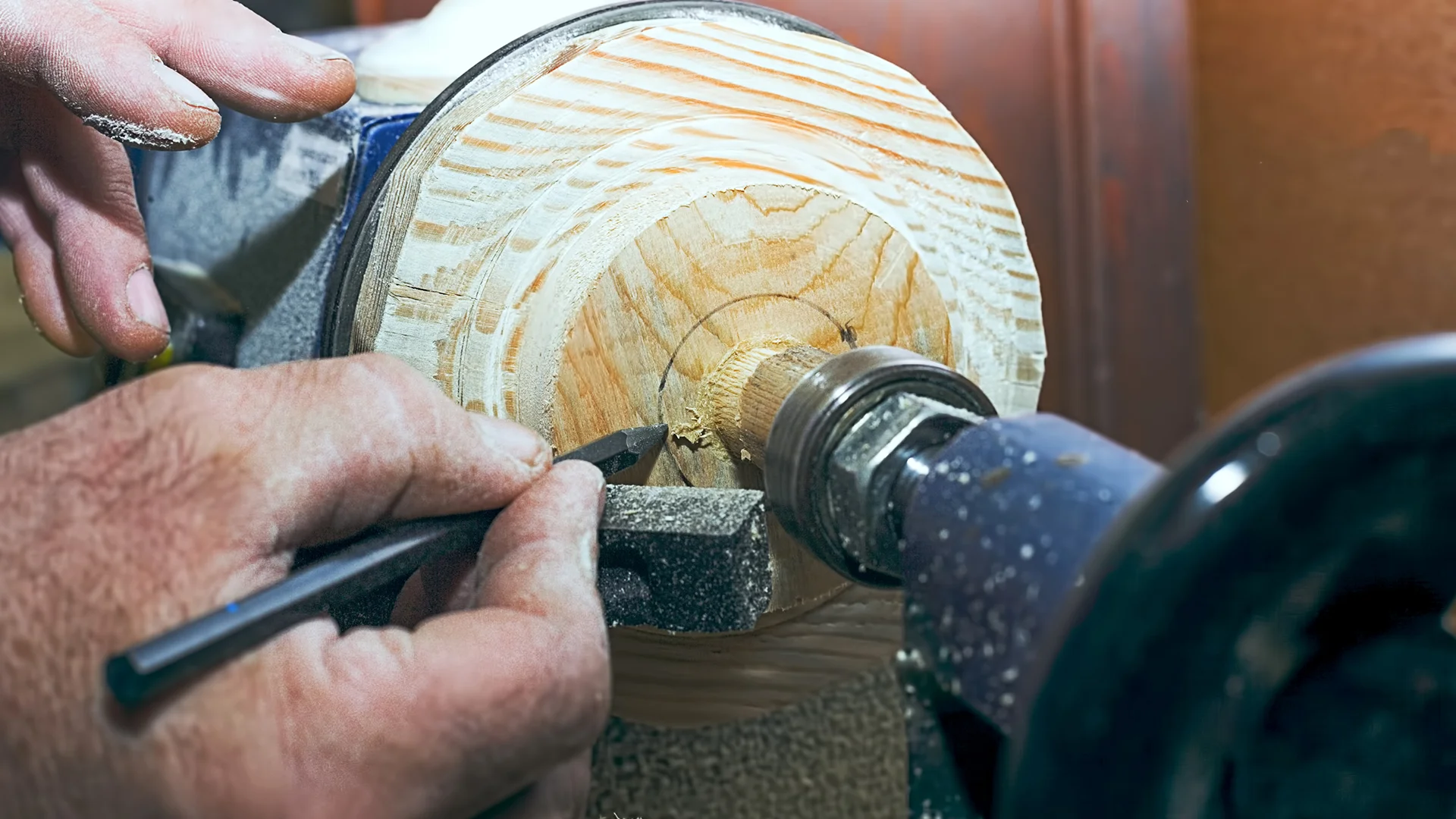
Types of Wood Lathe Chucks Explained
Not all chucks are created equal. The best wood lathe chuck for your project depends on what you’re making. Here’s a breakdown of the most common types:
1. Four-Jaw Self-Centering Chuck
- The most versatile option
- Ideal for bowl turning and irregularly shaped wood
- Jaws move together to grip the workpiece evenly
2. Scroll Chuck
- Another great all-rounder for beginners and pros
- Uses a scroll mechanism to adjust all jaws at once
- Best for holding cylindrical or square stock
3. Collet Chuck
- Excellent for small, precise work
- Grips the wood tightly without damaging the edges
- Often used in pen-turning and small spindle work
4. Faceplate
- Old-school but still effective
- Requires screwing the wood directly onto a metal plate
- Best for large, heavy projects like platters and bowls
So, which wood lathe chuck is best for bowl turning? If bowls are your main focus, a four-jaw self-centering chuck is your best bet. It provides a strong grip while allowing easy repositioning.
Benefits of Using a Chuck on a Wood Lathe
If you’re wondering, do you need a chuck for woodturning?—technically, no. You can use a faceplate or even just the lathe’s drive center. But a chuck makes life way easier. Here’s why:
- Better Stability – Less vibration, more control
- More Versatility – Works for a variety of shapes and sizes
- Quicker Setup – No need for extra screws or clamps
- Increased Safety – Reduces the risk of the wood coming loose
In short, if you plan to do serious woodturning, investing in a chuck is a smart move.
Choosing the Right Wood Lathe Chuck
Before you grab just any chuck off the shelf, let’s go through a quick chuck size guide: how to pick the right one for your lathe.
Factors to Consider:
- Lathe Spindle Size – Match the chuck’s mounting thread to your lathe
- Workpiece Size – Larger bowls need a stronger chuck with wider jaws
- Jaw Type – Consider if you need a chuck that can swap out jaws for different tasks
- Budget – High-quality chucks last longer but cost more upfront
For beginners, a four-jaw scroll chuck is a great starting point. If you’re focused on small detailed work, a collet chuck might be a better choice.
How to Properly Install a Chuck on Your Lathe
Once you’ve chosen the right chuck, it’s time to install it. Here’s how:
Step-by-Step Installation Guide:
- Turn Off the Lathe – Safety first. Always work with the lathe powered off.
- Clean the Spindle Threads – Dust and debris can affect how securely the chuck attaches.
- Screw on the Chuck – Rotate it onto the spindle by hand until it’s snug.
- Secure It Firmly – Some chucks require a locking mechanism or set screws to hold them in place.
- Test Before Use – Give the chuck a gentle spin by hand to ensure it’s mounted properly.
Common Mistakes to Avoid:
- Over-tightening the jaws (can damage the wood)
- Using the wrong thread size for your lathe
- Skipping regular maintenance (more on that next)
Maintenance and Longevity of Your Wood Lathe Chuck
A good chuck can last years if you take care of it. Here’s how:
Cleaning & Maintenance Tips:
- Remove Dust & Chips – Use compressed air or a brush after each session
- Lubricate Moving Parts – Keeps the jaws operating smoothly
- Check for Wear & Tear – Replace worn-out jaws or parts as needed
- Store in a Dry Place – Prevents rust buildup
If you notice your chuck isn’t gripping as tightly as before, it might be time for a replacement or a deep clean.
Conclusion
A wood lathe chuck is one of the best investments you can make in woodturning. It provides stability, precision, and versatility—whether you’re turning bowls, spindles, or intricate designs.
To recap:
- Know the different types of wood lathe chucks and when to use them
- Follow the chuck size guide to choose the right one for your lathe
- Install and maintain your chuck properly for long-lasting performance
So, do you need a chuck for woodturning? Technically, no. But if you want to make your life easier and your work more precise, it’s a game-changer. Now, go turn some wood into something amazing.
Recent Post
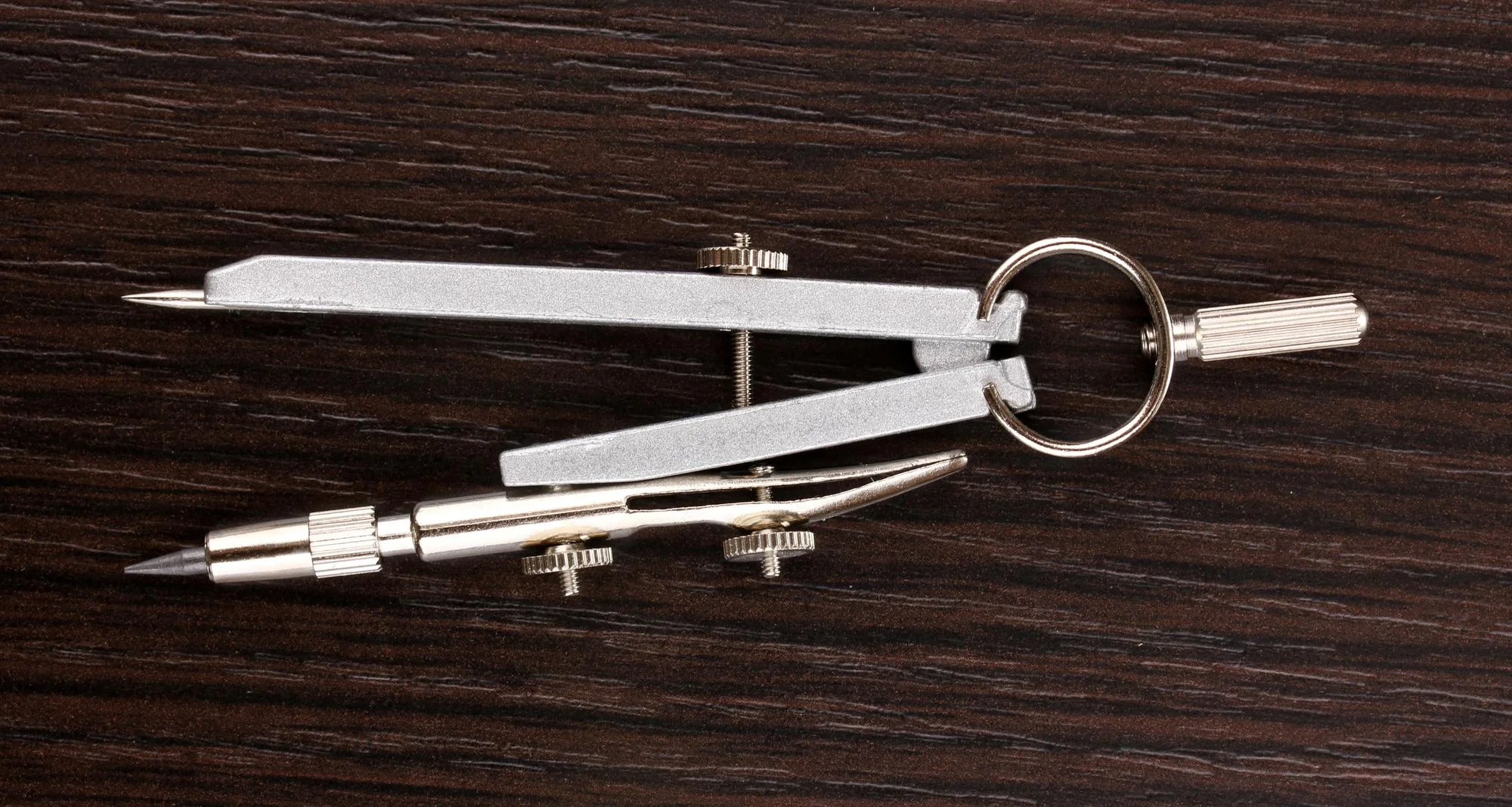
How to Choose the Best Woodworking Compass: Expert Tips and Tricks
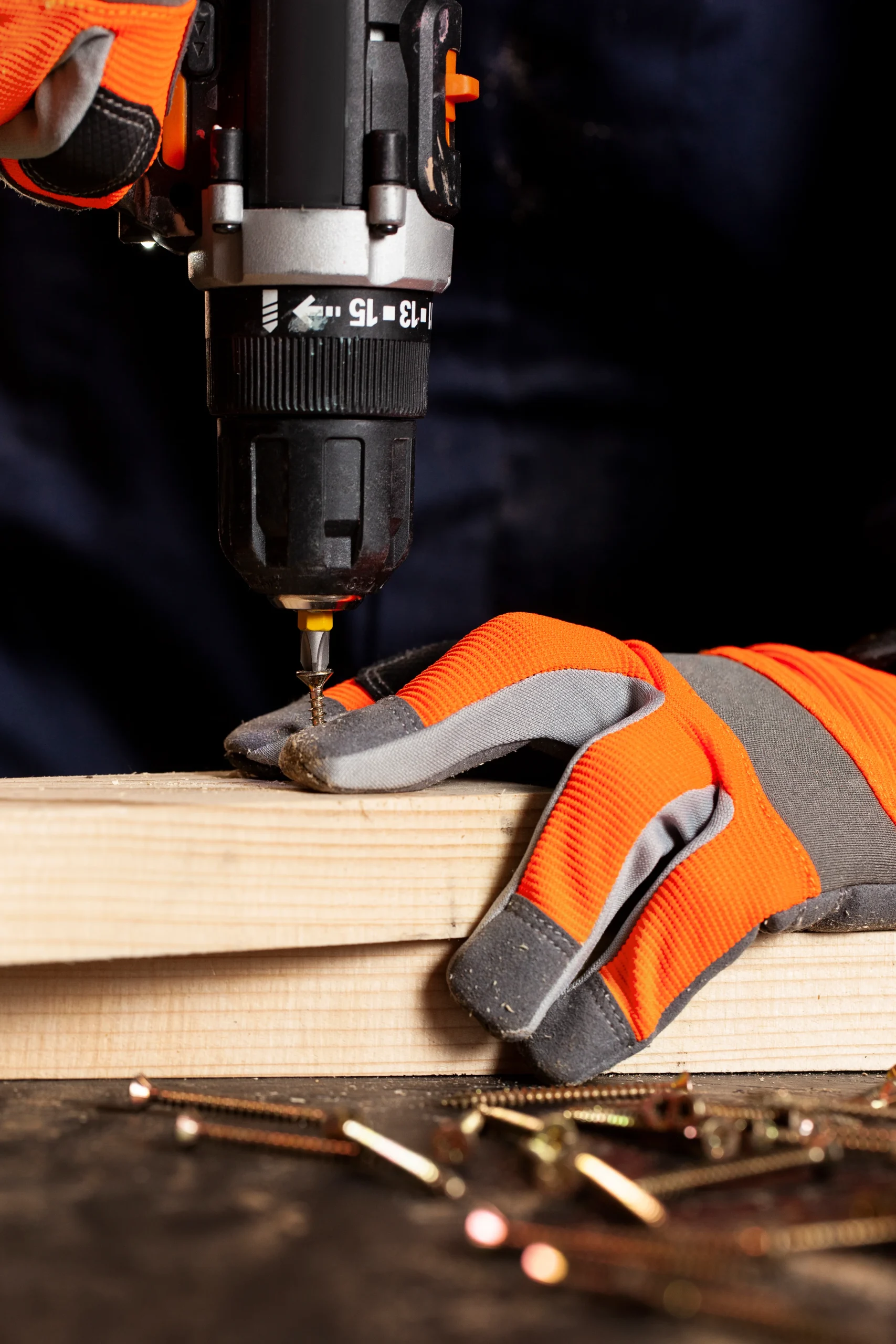
Screw Gun vs Drill: What Every Woodworker Needs to Know
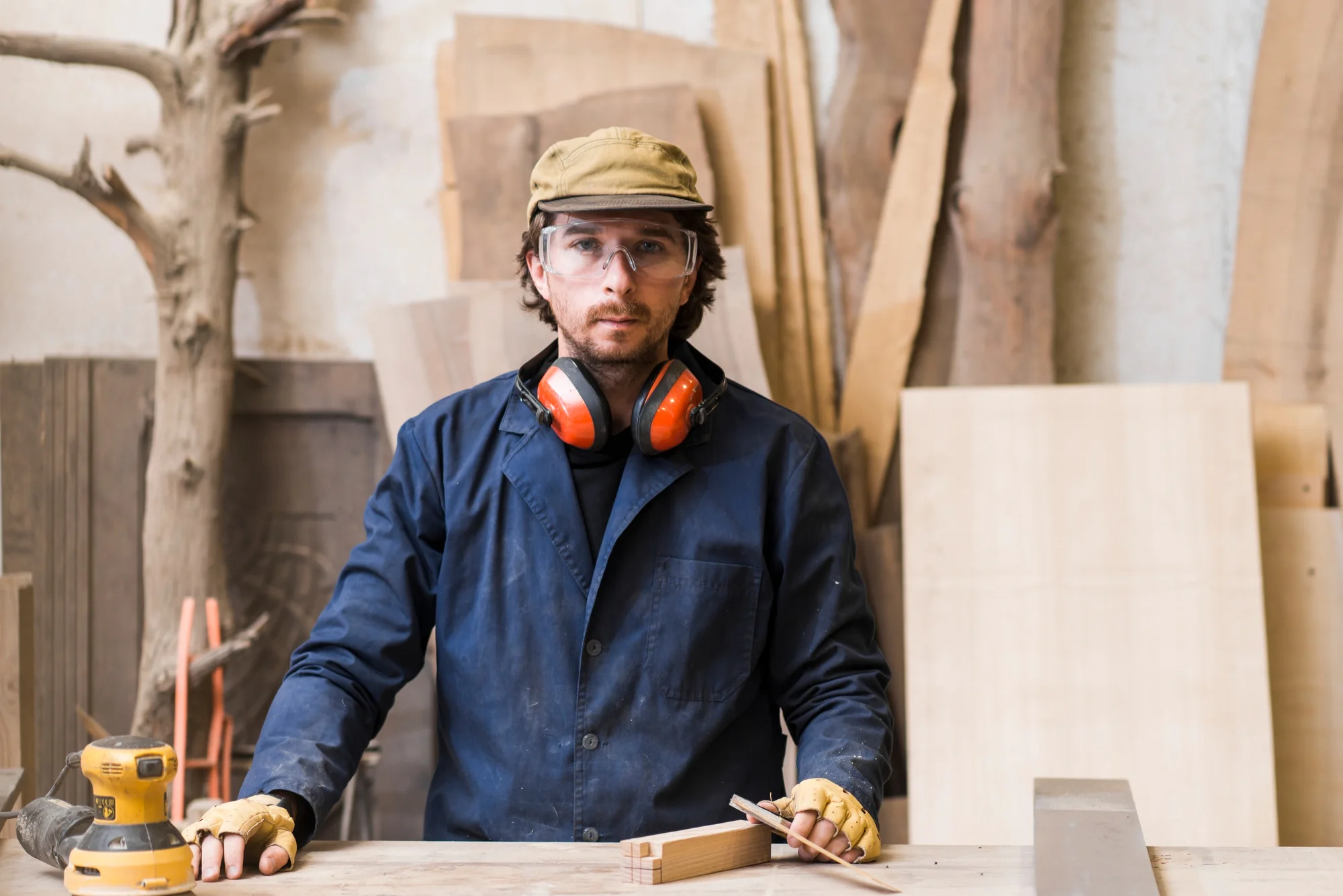
Woodworking PPE Checklist: Are You Fully Protected?
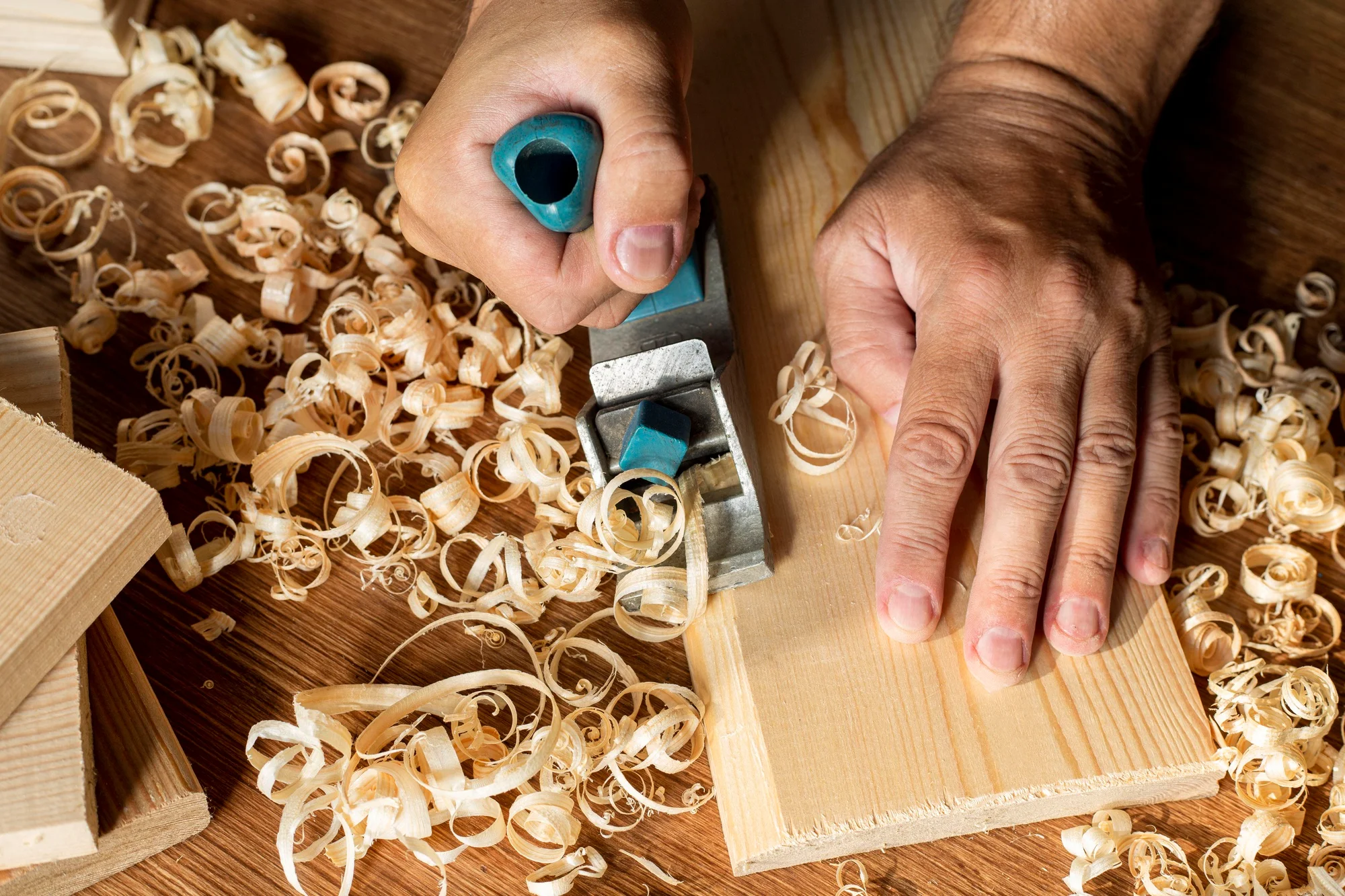
Green Woodworking 101: A Beginner’s Guide to Crafting with Unseasoned Wood



